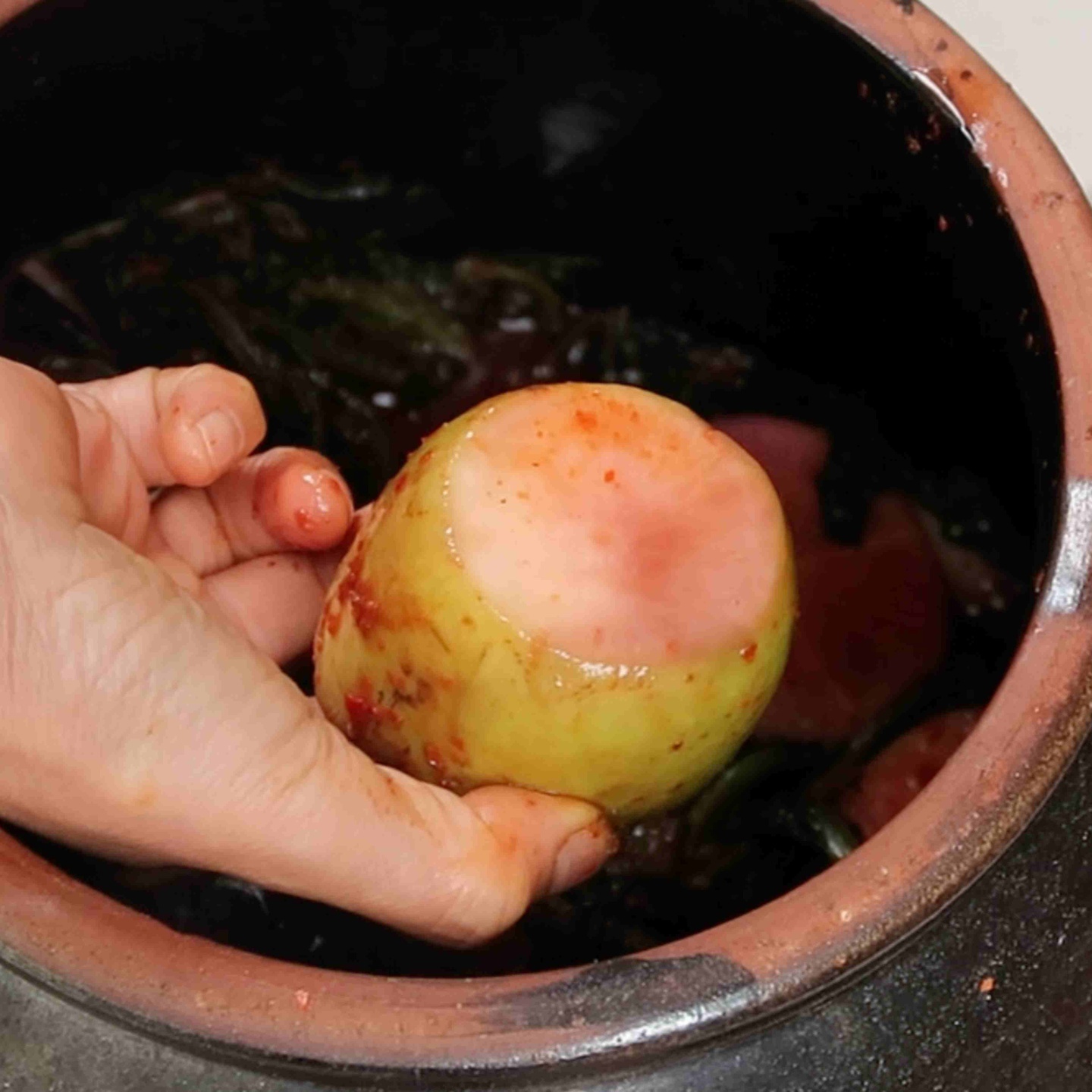Curry has been transported all over the world; Curry went from India to England to Japan to Korea (not necessarily in that exact order), and through that process of travel, different countries have added their own twist on the spice mix and how it is eaten as it was passed along from country to country.
The basic idea of curry is not so crazy different, but there are some parts that vary from country to country that is interesting.
In Korea, curry is eaten by being completely mixed with rice. Korean curry powder has a lot more turmeric in its curry powder mix and more heat and spice compared to Japan. It is more yellow in color and has a less thick sauce consistency. It has a lighter flavor which pairs well with Kimchi; the Kimchi also helps to make the curry feel less heavy. Besides these differences, the flavor of Korean curry is similar to Japanese curry. There is even some Indian curry that is similar to Korean curry.
In Japan, a little curry is eaten with each spoon of rice. Japan removed the seasoning “garam marsala” and other strong-flavored ingredients to suit their taste and preferences better. Japan usually adds sweet elements to their curries, like apples and honey. Japan usually uses curry blocks or cubes, which contain more msg and fat, which adds a different aroma and flavor than the powder that Koreans often use for their curry. Japanese curry also has less visible vegetable colors and is a more uniform brownish color, although recipes can vary based on the chef.
Indian curry is usually red or green in color. It has a stronger unique, more acidic flavor, and sometimes yogurt is added.
Again, these countries added their own tastes and preferences as it was introduced to their countries. It is really interesting to see the variations in this dish because it shows the cultural differences in each country.

